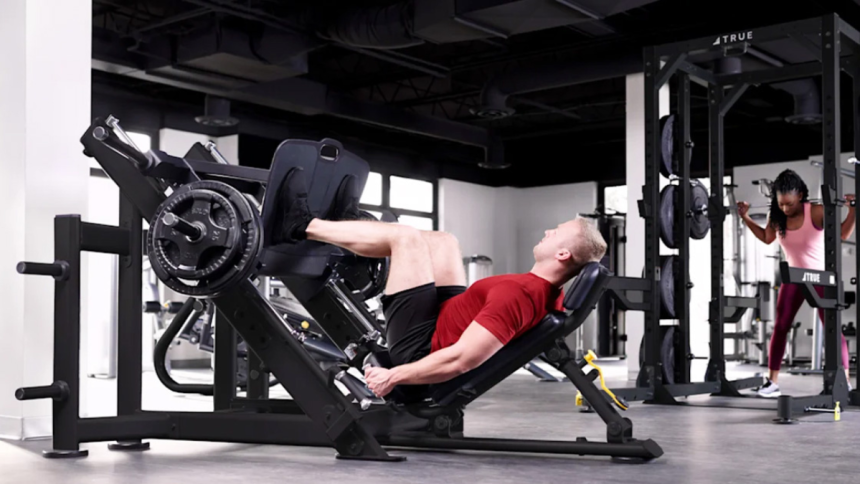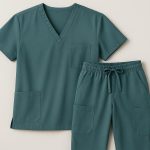Let’s be honest: most people either love or dread leg day. There’s no in-between. But what many overlook is that strong legs are not just about looks—they’re your real-world engine. From powering up a steep flight of stairs to adding explosiveness on the field, well-trained legs make life easier and more dynamic. And while bodyweight moves and free weights definitely deserve a place in your routine, there’s no denying the value of Leg Workout Machines for building strength safely, targeting stubborn muscle groups, and unlocking gains you might not achieve otherwise.
This guide breaks down the most essential leg machines you’ll encounter in any modern gym, showing you how to use them with intent—and, more importantly, avoid the most common pitfalls. Whether you’re a total beginner or just want to fix those nagging plateaus, you’ll find fresh tips, “aha!” moments, and a practical roadmap to smarter leg training.
The Power of Variety: Why Different Machines Matter
A good leg workout is never just about squats. In fact, the smartest athletes and coaches know that using a variety of machines allows you to isolate, strengthen, and protect each muscle group in your lower body. Here’s how to make them work for you:
1. Leg Press Machines
A staple for building pure lower body strength, the leg press lets you load heavy weights without needing perfect balance or a spotter.
Tip: Keep your lower back glued to the pad, and experiment with foot position to shift the focus between quads, glutes, and hamstrings. Avoid ego-lifting—proper form always wins.
2. Leg Extension & Curl Machines
These machines are all about isolation. Leg extensions carve out your quads, while leg curls build resilient hamstrings.
Pro Move: Try unilateral (one-leg-at-a-time) reps to fix imbalances. Always control the movement—no wild swinging!
3. Hack Squat & Belt Squat Machines
Both machines mimic the squat movement but remove much of the risk to your lower back.
When to Use: If free-weight squats hurt your back or you want to push heavier safely, these are your go-to options.
4. Calf Raise Machines & Platforms
Calves are notoriously hard to grow. Standing and seated calf raise machines, or even a simple calf block, help you chase that elusive pump.
Mistake to Avoid: Don’t rush your reps—hold the contraction at the top and drop your heel all the way for max stretch.
5. Smith Machines: The Controversial Tool
Love it or hate it, the Smith machine is great for beginners who need stability while learning basic moves like squats, lunges, or Romanian deadlifts.
Heads Up: The fixed path can sometimes force unnatural movement, so always listen to your body and don’t abandon free weights entirely.
6. Hip Abductor/Adductor & Cable Machines
These help you strengthen your inner and outer thighs, which improves knee health and athletic performance.
Underrated Move: Cable hip abductions allow for a more natural range of motion compared to the typical machine—great for glute development!
7. Glute-Specific Machines (Hip Thrust, Reverse Hyper)
Want more power and better posture? Glute-focused machines like the hip thrust and reverse hyper build strength where most people are weakest.
Why It Matters: Strong glutes support your lower back and help with explosive movements.
Mastering the Details: Common Mistakes and Pro Tips
No matter which machine you choose, a few universal rules apply:
- Control every rep. Don’t let momentum take over.
- Adjust the equipment to your body. Take the extra 30 seconds to set seat pads and levers for your frame.
- Don’t chase big numbers at the cost of form. “Ego lifting” leads to injury, not progress.
- Vary your stance and grip. Small changes in foot or pad position can radically shift which muscle does the most work.
- Listen to your joints. If you feel pain (not muscle fatigue), stop and reassess your setup.
Should You Rely Only on Leg Machines?
Leg machines are fantastic for isolating specific muscles, preventing injury, and breaking through plateaus. However, they shouldn’t fully replace free weights or functional movements. The smartest approach? Use machines to strengthen weak links, rehab injuries, and add controlled overload—then apply that new strength to squats, lunges, and sprints for maximum carryover.
Ready to Take Your Leg Training Further?
There’s a lot more to learn if you want to master every nuance of leg day. For a deep dive into each machine—complete with practical usage tips, expert programming advice, and real-world troubleshooting—check out the full leg machines guide here.You’ll find advanced techniques, visual guides, and answers to questions most blogs skip.
No matter your current level, choosing the right leg machines (and using them the right way) can completely transform your lower body results. Train smart, stay safe, and get ready for stronger legs that power every move you make!
Lynn Martelli is an editor at Readability. She received her MFA in Creative Writing from Antioch University and has worked as an editor for over 10 years. Lynn has edited a wide variety of books, including fiction, non-fiction, memoirs, and more. In her free time, Lynn enjoys reading, writing, and spending time with her family and friends.















